“If people lean into that slower pace, they’re able to have experiences connecting to people and connecting to this place that is much richer than if they’re in a rush.” – Jessie Hook
Taos, New Mexico is turning sustainable living practices and traditional building techniques into compelling travel experiences that create richer experiences for both visitors and locals.
The conversation explores Taos’ unique cultural treasures, from the centuries-old acequia irrigation systems that still bring communities together for annual cleaning ceremonies, to the thriving Earthship off-grid community that’s inspiring sustainable living worldwide. Hook explains how traditional practices, such as adobe construction and collaborative water management, aren’t just historical curiosities – they’re living examples of community stewardship that inform modern tourism planning.
Jessie Hook, Taos Destination Stewardship Network Manager, reveals how this UNESCO World Heritage Site location embraces its reputation as “the land of mañana” – encouraging travellers to lean into the slower pace and discover richer experiences.
Central to Taos’ approach is recognizing that people, land, and water are inextricably linked. This community land ethic guides everything from government decisions to visitor experiences, ensuring that tourism supports rather than extracts from local culture. With 87% of residents acknowledging tourism’s economic importance, while 46% express concerns about the pace of growth, Taos demonstrates how destinations can honour traditional wisdom while building sustainable tourism futures.
This episode, you’ll learn:
- How Taos’ centuries-old acequia irrigation systems create community bonds and offer visitors authentic stewardship experiences.
- Why the “land of mañana” philosophy in Taos leads to rich travel connections rather than rushed itineraries.
- How Taos Pueblo, as a UNESCO World Heritage Site of the Pueblo people, balances cultural preservation with respectful tourism.
- What makes Taos’ Earthship community a global inspiration for off-grid sustainable living and visitor education.
- How Taos’ community land ethic recognizes the inextricable links between people, water, and landscapes in tourism planning.
Subscribe to Travel Beyond through Apple Podcasts, Spotify, or your favourite podcast player
Show notes
Acequia Systems New Mexico – Learn about the centuries-old community irrigation systems that continue to shape water management and social cooperation throughout northern New Mexico.
Destination Stewardship Network – Organization working globally to transform tourism management from extraction-based to community-centred approaches that benefit residents and visitors alike.
Earthship Biotecture – Off-grid sustainable housing community in Taos demonstrating innovative building techniques using recycled materials and renewable energy systems.
Taos Pueblo – UNESCO World Heritage Site and sovereign Native American nation offering guided tours and cultural experiences while maintaining authentic community life.
Episode transcript
Jessie Hook: Things in Taos often move slowly, and that can often be frustrating to both locals and visitors, but it also can bring out some of the most special experiences. If people lean into that slower pace, they’re able to have experiences connecting to people and connecting to this place that is much richer than if they’re in a rush.
Peter McCully: Welcome to Travel Beyond. I’m Peter McCully for Destination Think. On this episode, we look at travel’s role in making a better world, and we highlight leading destinations and change makers. Our guests are taking local action that the world can learn from, and they’re helping to regenerate ecosystems, communities, and economies.
They’re making positive change happen from the bottom up. Many of the voices we’ve highlighted are part of the Destination Think Collective, a peer group of more than 20 ambitious, forward-thinking destinations working toward a better future for travel and the planet. On today’s show, we’re thinking about what happens when destinations embrace their slower pace instead of fighting it, and how traditional wisdom can guide sustainable tourism development.
Taos, New Mexico is transforming how this high desert community approaches tourism through destination stewardship that honours centuries-old practices. Taos is discovering that encouraging travellers to lean into the slower pace creates richer experiences and deeper connections than rushed itineraries ever could.
Taos faces a unique challenge shared by many tourism-dependent communities. While 87% of residents acknowledge tourism’s economic importance, 46% express concerns about the pace of growth. The community is addressing this by centering traditional practices like the acequia irrigation systems, where neighbours still gather annually for limpia community cleaning ceremonies that have maintained the centuries-old water channels, and there’s plenty to be inspired by here.
Taos is home to the UNESCO World Heritage Site of Taos Pueblo, a sovereign Native American nation balancing cultural preservation with respectful tourism. The area also features the innovative Earthship community demonstrating off-grid sustainable living that’s inspiring visitors worldwide, and living traditions like adobe construction that turns sustainable building techniques into compelling travel experiences.
We spoke with Jessie Hook of the Taos Destination Stewardship Network about how embracing traditional wisdom and moving at the speed of trust creates more meaningful tourism experiences for both visitors and locals.
Jessie Hook: My name is Jessie Hook and I’m in Taos, New Mexico, which is the original land of the Red Willow people of Taos Pueblo. My role is the Taos Destination Stewardship Network Manager.
Peter McCully: Let’s talk about Taos itself. What’s one thing you always take friends to do when they drop by to visit you?
Jessie Hook: When friends come to visit, I like to take them on walks, depending on their interests. We can go walk just down the street in my neighbourhood. We could walk downtown. We could walk in the mountains, depending on the season. Usually a trip to the Rio Grande is always in the books.
Peter McCully: What’s your favourite place to eat lunch?
Jessie Hook: Tough question, Peter. There’s a lot of really good food here, especially if you like New Mexican food. For lunch, I would say some of my favourite places are Orlando’s and Sabroso. Those are both two really good New Mexican and Mexican food restaurants. But if you’re looking for more of a café-style lunch, there’s this place called Manzanita Market that has some of the best locally made blue corn, gluten-free bread I’ve ever tasted.
Peter McCully: It sounds good. Jessie, if you could bring anyone in the world to visit you in Taos, who would it be and where would you take them?
Jessie Hook: I would go back in time and bring my grandparents, and I’d love to take them on a hot air balloon ride. That’s something that draws a lot of people to Taos—the hot air balloon rides. I’ve never done it, and I think it’d be fun to have all my grandparents in the same hot air balloon looking over the Taos landscape.
Peter McCully: It sounds fun. Do they do that all year round?
Jessie Hook: They do, yes. For the most part, the time of year changes what time of day you have to wake up to go on a hot air balloon ride. Usually you’re up really early at the crack of dawn in order to catch the right pressure and temperature changes for the hot air balloon.
Peter McCully: My favourite time of day. What’s your favourite season in Taos?
Jessie Hook: If I had to choose, I would say it’s fall. Fall is when all the produce is available at the farmer’s market and everything just has this golden aura about it, and people are happy and outside and the smell of winter is in the air. It just makes you feel calm.
Peter McCully: Taking a step back, what makes Taos special?
Jessie Hook: I think what makes Taos special is reflected in the pace of life that many people embrace here. Things in Taos often move slowly, and that can often be frustrating to both locals and visitors, but it also can bring out some of the most special experiences for anyone that comes through here. If people lean into that slower pace, they’re able to have experiences connecting to people and connecting to this place that is much richer than if they’re in a rush.
Peter McCully: What draws people to visit Taos, especially if sustainability is important to them?
Jessie Hook: I think sustainability is cultural just as much as it is environmental in Taos. You have a place that was shaped by the environment and has been stewarded by the many cultures and people that have lived here for a long time. I think sustainability here is in the landscapes that surround us, but it’s also in the people that call this place home. The people and the land is what draws folks here.
Peter McCully: In general, Jessie, what do you hope visitors learn about Taos when they visit?
Jessie Hook: I hope visitors come with an open mind and are curious about living history. How has the past shaped the present? You can see that in the buildings that surround us with the adobe architecture. You can see that in many different elements of this place. I would just hope that visitors come with an open mind and an open heart to look at the past and how it’s shaping the present here in this place.
Peter McCully: For first-time visitors to Taos, what would you say are the three must-see experiences that truly capture the essence of what you’re talking about? What makes the destination unique?
Jessie Hook: Incredibly tough question because there’s a lot to do here, and I think the top three depends on what someone likes to do. But if I had to choose a top three, I would say visitors should go see Taos Pueblo, the St. Francis de Asís Church in Ranchos de Taos, and the Rio Grande Gorge Bridge. Those are all places that I think visitors would be able to connect with both this land and the people that have shaped it throughout history. They’re also just beautiful places to be in. When you’re there, you feel that living history, and there are a lot of folks who are currently stewarding those places that are really interesting to talk to.
Peter McCully: What draws people to Taos throughout those different seasons, and how has the tourism experience evolved over the past few years?
Jessie Hook: People come to Taos for a lot of different reasons and at different times of year. Spring is really delightful. There’s a lot of snow activities, warm cosy fires, and lots of live music inside. Summer is great for wandering around in the historic district or visiting various sites, swimming, doing different outdoors activities, and a whole plethora of local events. There’s much going on here in the summer. Fall, my favourite season, is great for being outside, for that local produce I mentioned earlier, and then a lot of fun events. There are many fun things going on in the fall too. Winter is when things begin to slow down, but again, if you like the snow, there’s plenty to do, and if you like to slow down, it’s a great place in winter as well.
Peter McCully: Where do your visitors come from? If I bumped into some people on a ski hill or at a restaurant or an art gallery, where would they be from for the most part?
Jessie Hook: A lot of our visitors come from our nearby neighbours: Texas, Colorado, Oklahoma, Arizona, Utah, and then California.
Peter McCully: Taos Pueblo is both a UNESCO World Heritage Site and a living Native American community. I’m interested in how you balance showcasing the cultural heritage while ensuring respectful tourism that benefits the whole community.
Jessie Hook: Taos Pueblo is a sovereign nation and they have their own tourism department and tribal government that balance those elements and work on how they want to showcase their cultural heritage. They perhaps have the best experience in navigating tourism and balancing that authentic storytelling around their culture. Right now, I’ve had the pleasure of working with their tourism director, Iona Spruce, looking at how destination stewardship in this effort can collaborate with Taos Pueblo and their practices, policies, and lessons. But I would have to say, if anything, a few key lessons they have shared with me are that signs are really important and not always read. Visitors, if they can, should research the do’s and don’ts, especially when visiting Native American communities before they come. In terms of collaboration, another lesson I’ve learned from Iona and from the team at Taos Pueblo is that process and patience are really central. Things don’t always need to go fast when it comes to tourism development.
Peter McCully: The Earthship community seems to be gaining some attention as a unique attraction. How significant is this off-grid, sustainable living experience for tourists?
Jessie Hook: I grew up in Alabama and moved here in 2019 for a conservation job. My mother always had an Earthship book on the coffee table when I was growing up. I say and share that experience because I think Earthships have inspired people across the country and around the world. A lot like the original Indigenous folks that stewarded this land, they’re looking at building houses in conjunction with the land and in conjunction with the environment, and looking at how to make beautiful, energy-efficient dwellings out of materials that would otherwise be discarded. I think that at its heart is inspiring to a lot of people no matter where you come from. It’s a pretty significant community and I truly admire what they’ve accomplished and what they continue to do.
Peter McCully: Jessie, let’s talk about the destination stewardship plan. The plan emphasises community land ethic as an overarching concept. Perhaps you could explain what that means in practice for the local community and then how can visitors experience that philosophy during their stay?
Jessie Hook: There’s a sense that we’ve all heard: water is life. Without water, the lands that surround us would be completely different from what we see today. I think folks here have that community land ethic because this community realizes that people, land, and water are inextricably linked. It guides a lot of the decisions in our government and our businesses and our community events—what’s happening with the land, what’s happening with the environment, and how is that affecting our communities. How that shows up and how that could show up for visitors and locals alike is just recognizing that the land is central to how our community is shaped, how every experience is shaped here.
Peter McCully: Could you tell us about the acequia system, how it represents centuries-old community water management, and how do you incorporate that living example of resource stewardship into the visitor experience? What can tourists or visitors learn from those traditional practices?
Jessie Hook: The acequia systems in Taos are really fascinating. I moved here in 2019, so I can’t speak as in depth to their significance as somebody who’s lived here their whole life could. But as somebody that moved here relatively recently, I’ve been amazed at the acequia system. For folks who are not familiar, acequias are irrigation channels that spread throughout the valley and were dug hundreds of years ago and continue to be maintained to this day. They do a lot for our community, not only environmentally because they get water to different agricultural plots and fields and properties across the valley, but they also do a lot for our community because in order to manage an acequia system, your community and your neighbours have to come together and have to divide time and resources of who can get water when, what does that look like. That in itself, I think, is really inspiring, and this lifeblood to Taos is our acequia system because water is life and so is community.
One example that I think is great for visitors to know about is the annual limpia. Limpia means clean, and limpia is a cleaning of the irrigation system. Every year in the spring, folks around the community come together to clean out these ditches, the irrigation channels, the acequias, and it is hard work. It is not easy. You spend a whole day, if not multiple days, with a shovel in hand and a rake, with your back bent with your neighbours and your friends and folks you’d never met before, cleaning out debris and rocks and leaves. I couldn’t think of a better thing to do with one’s time because it’s one of those opportunities to really authentically connect with people around you and steward our environment and the many cultures that feed off of that. The acequias are the best.
Peter McCully: It sounds like a real community-building event.
Jessie Hook: It is. Every year, multiple times in the spring. It’s a lot of fun.
Peter McCully: Perhaps you could tell us about the rich artistic heritage in Taos and how that’s part of the visitor experience.
Jessie Hook: Taos has been attracting artists for a really long time. People from all over the world have come here. Some really big names—Georgia O’Keeffe, for example, Millicent Rogers as another one. Many different artists have come to Taos and called this place home or come through and have been inspired by this place, and that legacy lives on. Artists continue to flock to Taos, and even folks who maybe didn’t consider themselves artists before often find themselves inspired and tapping into different artistic mediums in Taos. As a visitor, you can see this walking around the historic district. We have tons of fantastic museums and beautiful galleries with both historic and contemporary art. If you enjoy art, this is definitely a fun place to be.
Peter McCully: What do you hope travellers take away from this podcast story today, Jessie?
Jessie Hook: I hope that travellers can hear this story and think about the complexity of place and the beauty of a place and how, again, those living histories are exactly that—they’re living. There’s a lot about the past that is fascinating and that we can learn from today, and a lot from the past that is also at danger of being lost, and a lot of things that have made these places beautiful that are in danger of being lost. If travellers are able to approach visiting places like Taos with that in mind and that curiosity to learn about history and how it’s affecting today and how that could look in the future, that would be really fantastic. I’m sure myself and many other locals would love to have that conversation with people.
Peter McCully: If you were looking five or ten years down the road, what would you like travel to look like in Taos?
Jessie Hook: I would hope that travel in Taos can continue to look sustainable. I hope it can be celebratory of the rich and diverse cultures that make this place special, and I hope that there’s also diversity in the people that choose to come and visit us. I would hope to see families come and spend time in Taos, for people to come spend time in Taos from all over, and not just for a pass-through or a drive-by, but really for travellers to take the time to plant themselves for a long weekend, get to know some locals, really get to learn and spend time with our landscapes and our communities and different cultures here. I hope that travel looks sustainable. I hope it looks curious, and I hope it looks intentional.
Peter McCully: Jessie, thanks for your time today.
Jessie Hook: Thank you, Peter. It’s been fun.
Peter McCully: This has been Travel Beyond, presented by Destination Think. Our thanks to Jessie Hook from the Taos Destination Stewardship Network. To learn more about destination stewardship in Taos, you can visit destinationstewardship.org. For more resources and show notes, visit our website at destinationthink.com.
This episode was hosted and co-produced by myself, Peter McCully. David Archer composed the theme music. Sara Raymond de Booy is co-producer. Lindsay Payne, Amy Bjarnason, and Cory Price provided production support.
If you like what you hear, please take a moment to give us a five-star rating. It helps more people find our show.Thanks for listening, and we’ll be back with more next week.


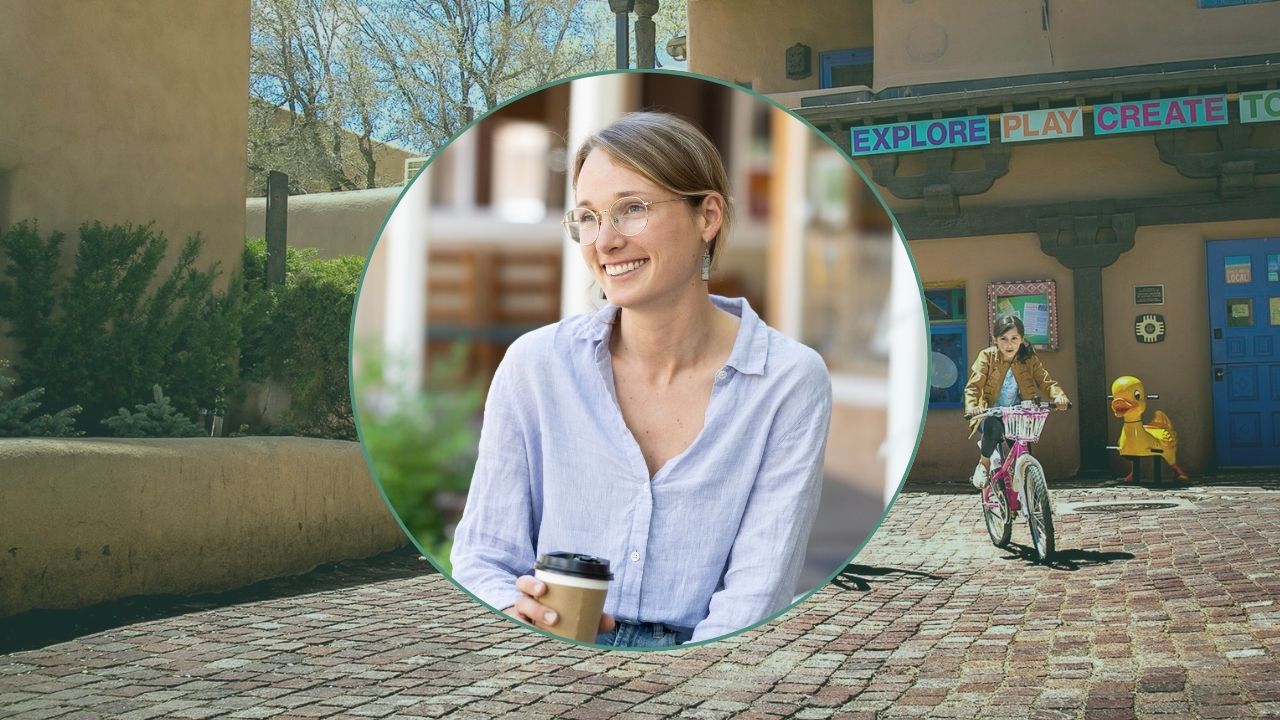
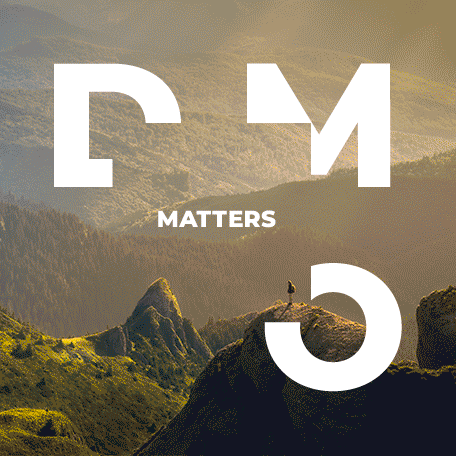
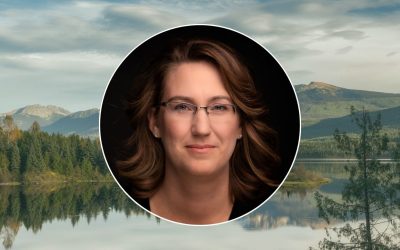
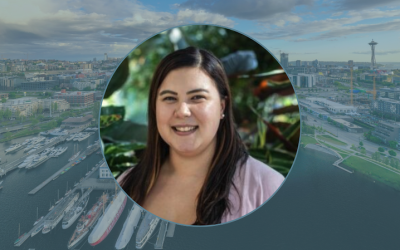
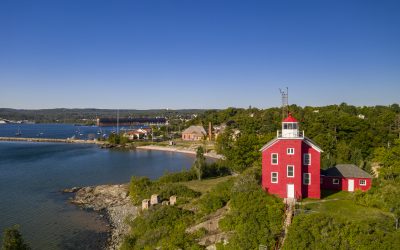
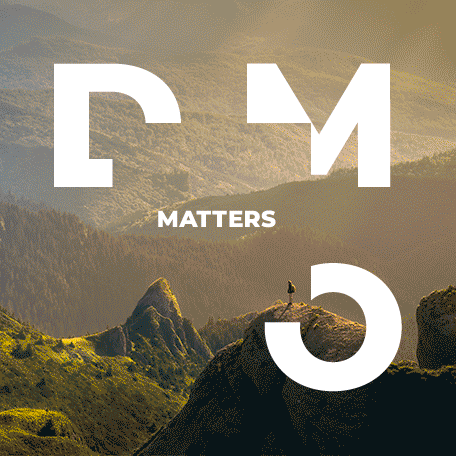


0 Comments